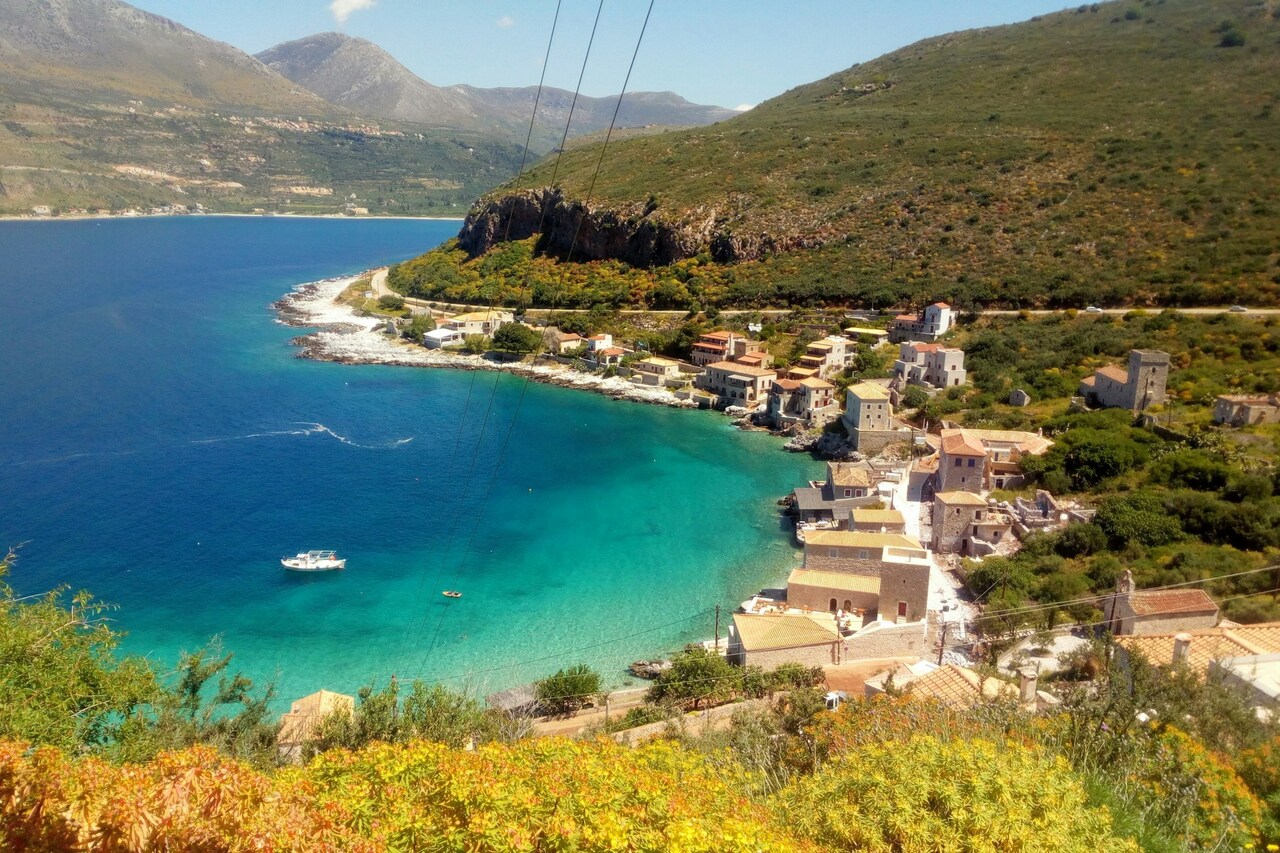
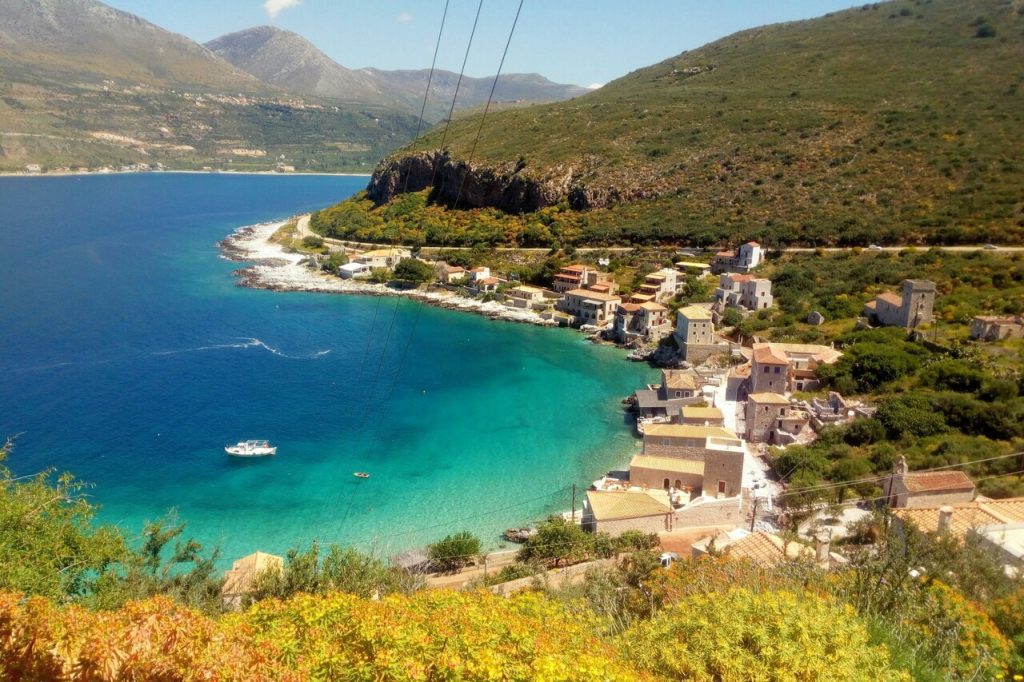 Kai Pilger/Unsplash
Kai Pilger/Unsplash
Europe’s most enduring villages offer a rare sense of stillness, where centuries of craftsmanship, tradition, and architecture remain remarkably intact. These time capsule towns invite travelers to wander stone lanes, pause in quiet squares, and experience rhythms shaped long before modern life. From mountain hamlets wrapped in nature to coastal enclaves shaped by maritime history, each place reveals a distinct story preserved through local pride and careful stewardship. Visiting them feels like stepping into a living chronicle, where the past is not displayed behind glass but carried into everyday life.
1. Hallstatt, Austria
 C.Stadler/Bwag,CC BY-SA 4.0/Wikimedia Commons
C.Stadler/Bwag,CC BY-SA 4.0/Wikimedia Commons
Hallstatt’s lakeside charm feels almost untouched, with flower-lined wooden homes, narrow lanes, and a serene Alpine backdrop that mirrors perfectly on the water. The village’s salt mining past is visible in preserved tunnels and local traditions that continue to shape community identity. Early mornings reveal fishermen drifting across calm waters and soft light glancing off pastel facades. Despite its popularity, the village maintains a gentle pace, inviting visitors to step away from urgency and move in rhythm with a landscape that has guided life here for centuries.
2. Colmar, France
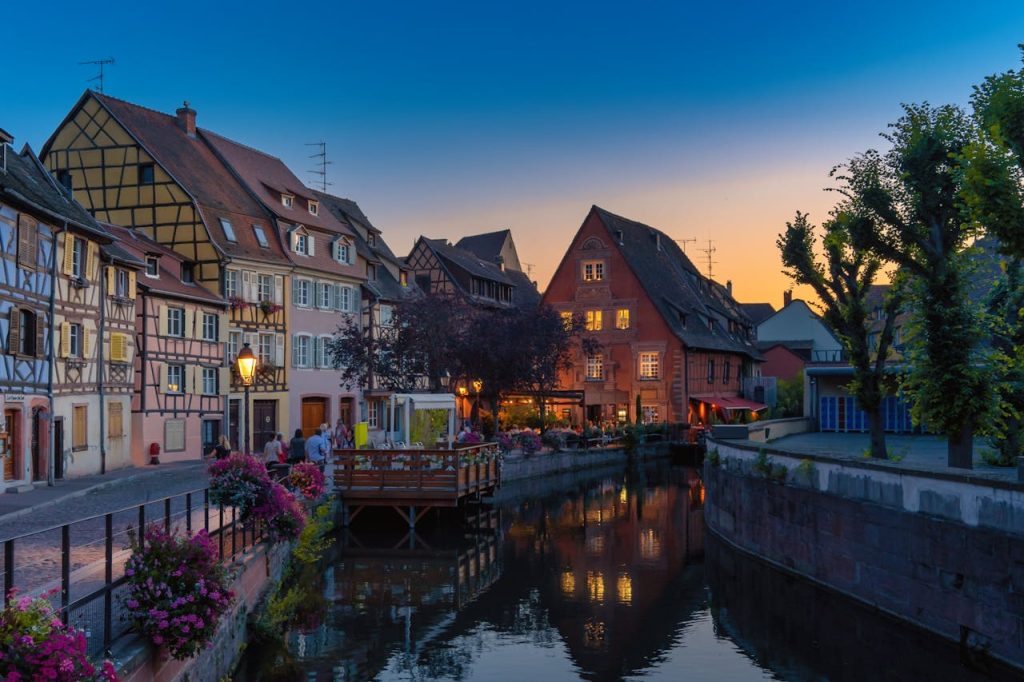 Pierre Blaché/Pexels
Pierre Blaché/Pexels
Colmar’s storybook streets unfold in a patchwork of canals, timber houses, and cobbled paths that glow warmly under soft Alsatian light. The village preserves architectural layers shaped by French and German influences, creating a place where colorful facades and painted shutters feel timeless. Small bakeries scent the air with regional pastries, while market squares host traditions that have survived for generations. Strolling here evokes the gentle cadence of an earlier era, where daily life moved within walkable lanes and every turn revealed details crafted with deliberate beauty.
3. Alberobello, Italy
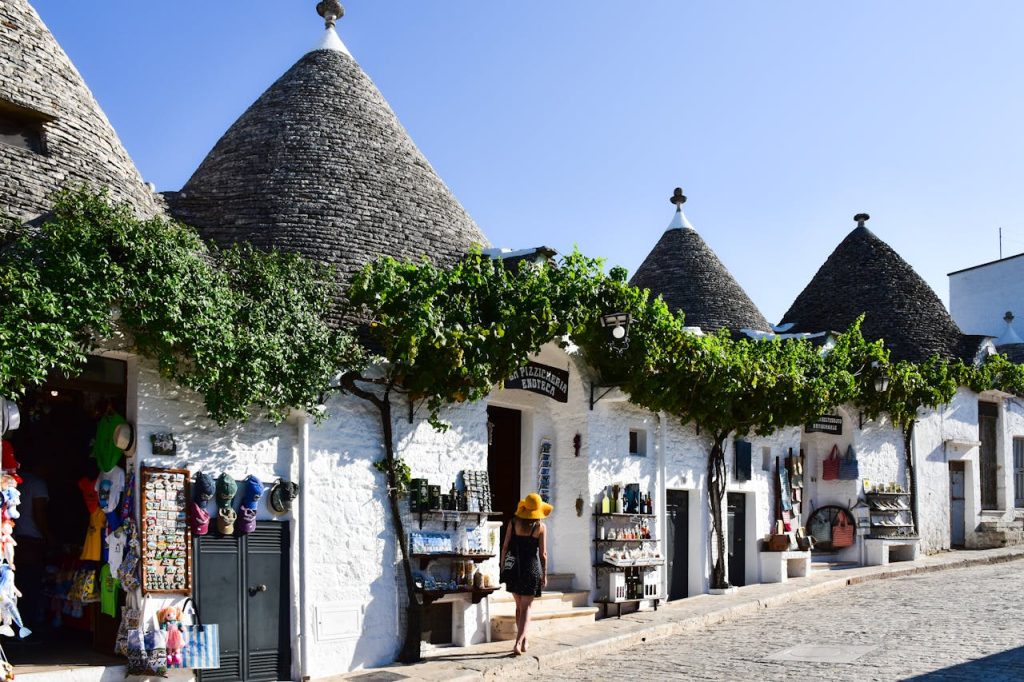 AXP Photography/Pexels
AXP Photography/Pexels
Alberobello’s iconic trulli form one of Europe’s most striking historic landscapes, with whitewashed stone cones arranged across sloping lanes like a sculpted village frozen in place. These ancient dwellings, built without mortar, reveal local ingenuity shaped by farmland life and limestone terrain. Wandering the district offers glimpses into workshops, small cafes, and quiet courtyards tucked between curved walls. Evening light softens the stone, enhancing the sense that centuries of simple routines and close community bonds remain embedded in the village’s distinctive shapes and textures.
4. Bibury, England
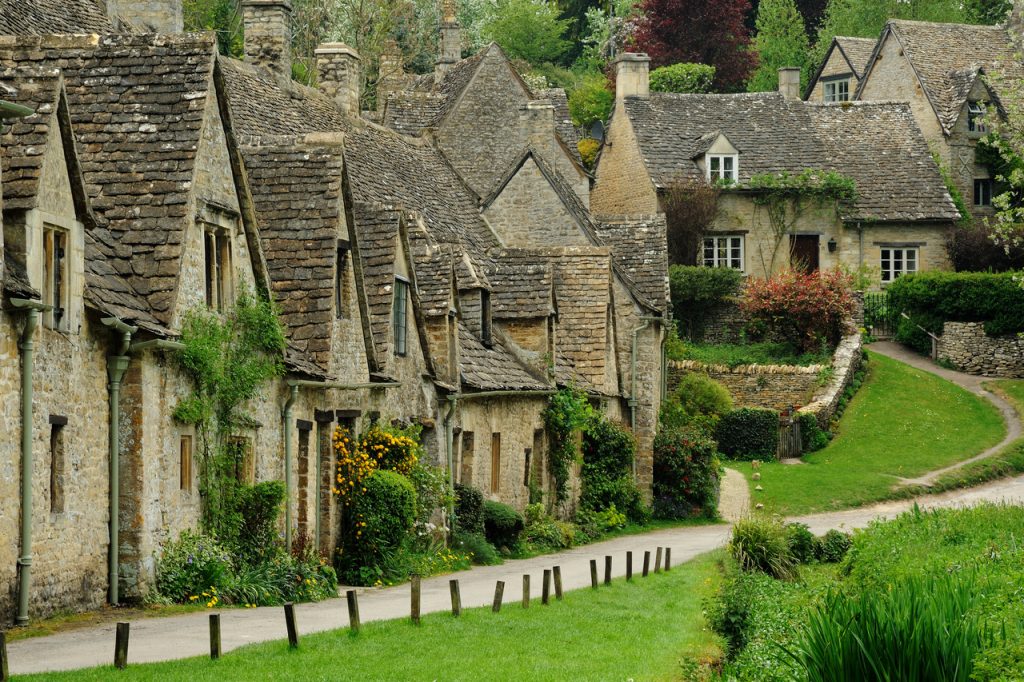 Saffron Blaze, CC BY-SA 3.0/Wikimedia Commons
Saffron Blaze, CC BY-SA 3.0/Wikimedia Commons
Bibury’s riverside cottages create a pastoral scene that has inspired painters and poets for generations. Stone homes with steep roofs line the peaceful banks of the Coln, while gentle footpaths wind through meadows that feel unchanged by time. The village preserves the harmony between landscape and architecture, allowing visitors to sense how rural English life once unfolded within modest homes and communal fields. Quiet moments reveal the soft rush of water, birdsong, and the enduring beauty of a village shaped more by nature than modern influence.
5. Óbidos, Portugal
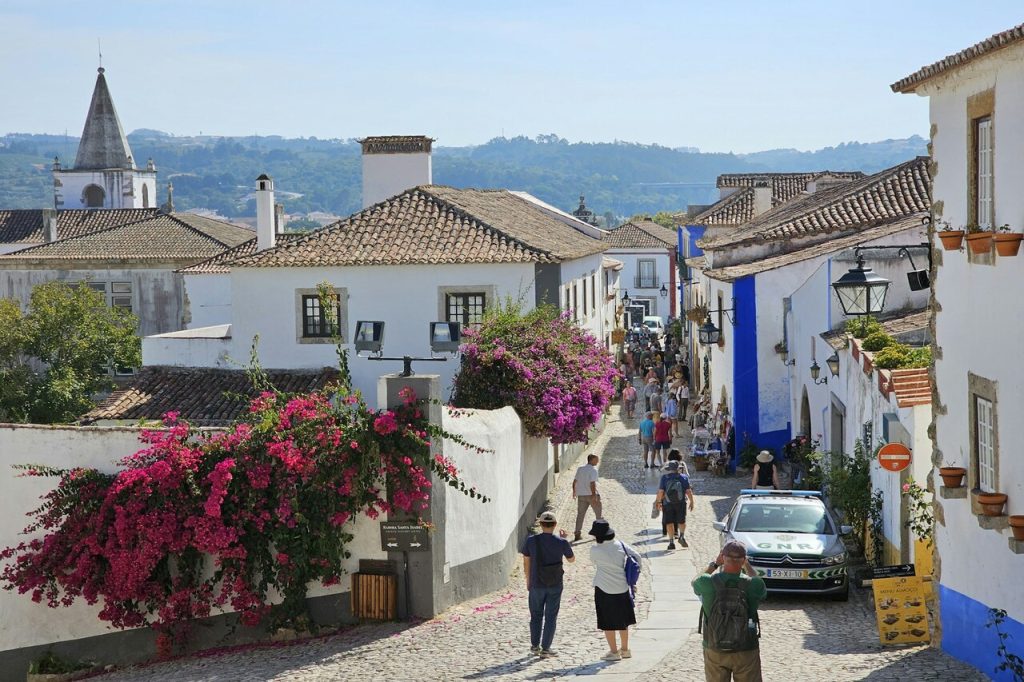 Hasmik Ghazaryan Olson/Unsplash
Hasmik Ghazaryan Olson/Unsplash
Óbidos stands within ancient walls that have safeguarded its whitewashed homes, blue accents, and red-tiled roofs for centuries. Its narrow lanes, draped in bougainvillea, lead past bookshops, chapels, and artisan stalls that echo longstanding cultural traditions. Walking the ramparts offers sweeping views of farmland that still supports local life. The village maintains an intimate atmosphere where festivals, craftwork, and preserved architecture blend to create a vivid sense of continuity. Every turn reveals layers of history carried forward through community pride and careful restoration.
6. Rye, England
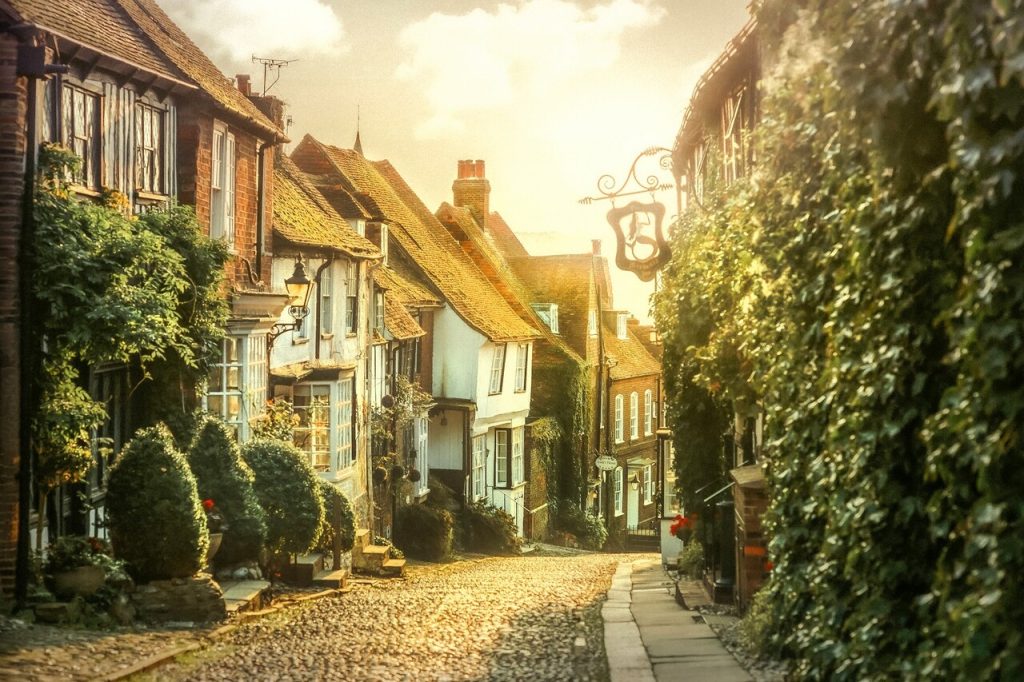 Zoltan Tasi/Unsplash
Zoltan Tasi/Unsplash
Rye’s sloping cobblestone streets and medieval architecture create a setting that feels suspended in an earlier age. Weathered timber homes lean over narrow lanes where traders and writers once gathered, while the hilltop church anchors the entire town with quiet dignity. Views of surrounding marshlands recall centuries of maritime life that shaped its character. Visiting today offers a glimpse of daily rhythms that persist despite modern change, where independent shops, traditional inns, and historic textures create a cohesive sense of place that honors its deep past.
7. Gruyères, Switzerland
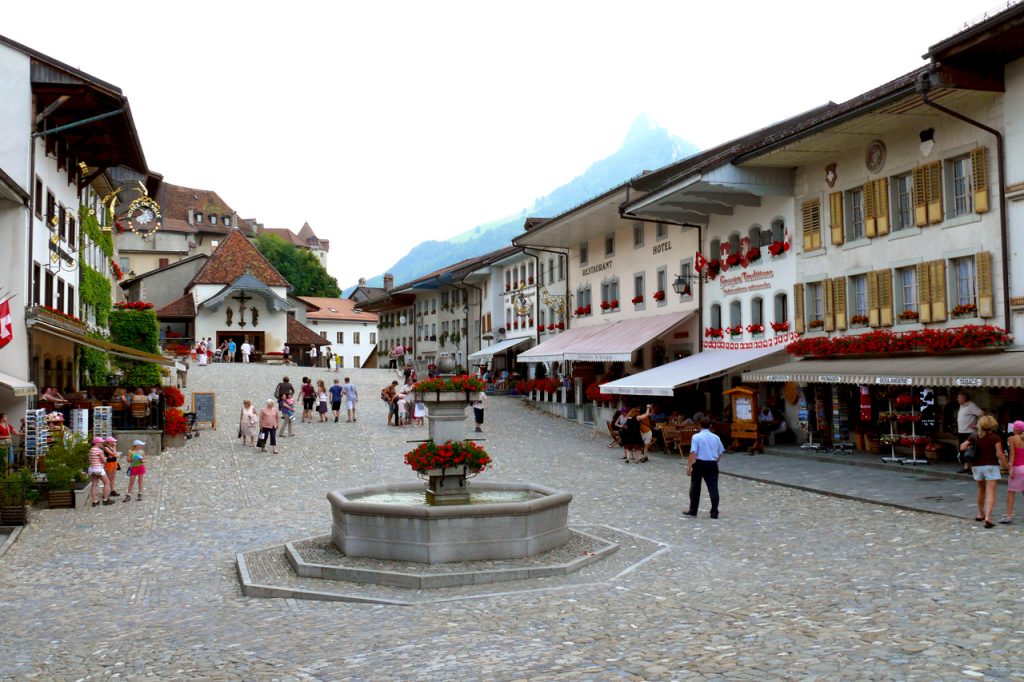 Cjeiler, Public Domain/Wikimedia Commons
Cjeiler, Public Domain/Wikimedia Commons
Gruyères’ hilltop silhouette reveals a village preserved in both spirit and structure, with stone ramparts, flower-lined squares, and Alpine panoramas framing every view. Its medieval core remains remarkably intact, inviting slow exploration of artisan shops, traditional restaurants, and the castle that has watched over the region for centuries. Dairy traditions infuse local life, linking the village’s present to long standing agricultural roots. As twilight settles, lanterns illuminate the quiet streets, heightening the timeless feel of a community that holds tightly to its heritage.
8. Reine, Norway
 Mario Vogt/Pexels
Mario Vogt/Pexels
Reine’s dramatic setting among sharp peaks and icy waters creates a village experience shaped by both nature and centuries of fishing culture. Its red cabins and working docks preserve a maritime identity that remains central to daily rhythms. The quiet beauty of the landscape encourages unhurried wandering, while the steady presence of the sea links past and present. Despite modern conveniences, the village retains an atmosphere of purposeful simplicity, where human life still aligns with tides, weather, and traditions passed down across generations.
Like this post? share it, or pin it for later!
Like this:
Like Loading…
Related
Please visit:
Our Sponsor
